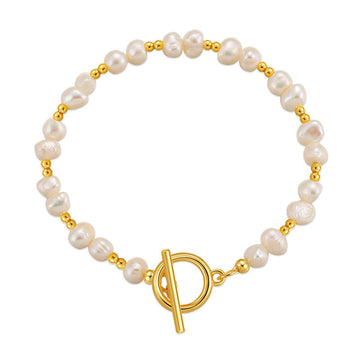Cost and Time Investment Analysis for Cleaning Stone Bracelets
Cleaning stone bracelets involves a combination of manual labor, specialized techniques, and safety measures. Understanding the cost and time investments required can help businesses optimize their operations and ensure quality outcomes. Below is a detailed breakdown of these factors.
Labor and Skill Requirements
The complexity of cleaning stone bracelets often depends on the type of stone, its texture, and the presence of intricate designs.
Skilled vs. Unskilled Labor
- Expertise Needed: Workers must possess knowledge of stone properties to avoid damage during cleaning. For example, softer stones like turquoise require gentler methods than harder materials like quartz.
- Training Duration: New hires typically undergo training spanning several days to weeks. This includes learning to use ultrasonic cleaners, steamers, and polishing tools without compromising the stone’s integrity.
- Efficiency Gains: Experienced technicians can reduce cleaning time by up to 50% compared to novices, as they anticipate issues like cracks or loose settings.
Labor Costs
- Hourly Rates: Skilled labor may command higher wages due to the precision required. For instance, a jeweler specializing in delicate stones might earn 30–50% more than a general cleaner.
- Overtime Considerations: Peak seasons or rush orders may necessitate overtime, increasing labor costs by 1.5–2 times the regular rate.
Material and Equipment Costs
Cleaning stone bracelets requires specific tools and consumables, which vary based on the cleaning method.
Essential Tools
- Ultrasonic Cleaners: These machines use high-frequency sound waves to remove dirt. Their cost depends on capacity and features, with industrial models priced higher than consumer-grade ones.
- Steam Cleaners: Effective for removing grease, steam cleaners require regular maintenance to prevent mineral buildup.
- Polishing Compounds: Abrasive pastes or creams are used to restore shine. The choice of compound depends on the stone’s hardness.
Consumables
- Cleaning Solutions: Mild detergents or specialized stone cleaners are essential. Non-acidic formulas are preferred to avoid etching soft stones.
- Protective Gear: Gloves, masks, and goggles are mandatory for safety. Reusable gear reduces long-term costs but requires initial investment.
Time Investment Breakdown
The time required to clean a stone bracelet depends on its condition, design, and the cleaning method chosen.
Step-by-Step Process
- Inspection: Workers assess the bracelet for damage or loose stones. This step takes 5–10 minutes per piece.
- Pre-Cleaning: Removing dust or debris with a soft brush or compressed air takes 2–5 minutes.
-
Main Cleaning:
- Ultrasonic Cleaning: 10–30 minutes, depending on the stone’s porosity.
- Steam Cleaning: 5–15 minutes for thorough sanitization.
- Polishing: Applying and buffing polishing compound takes 10–20 minutes.
- Final Inspection: Ensuring no residue or damage remains adds another 5–10 minutes.
Batch Processing vs. Individual Cleaning
- Batch Processing: Cleaning multiple bracelets simultaneously in an ultrasonic cleaner reduces per-piece time. However, delicate items may still need individual attention.
- Rush Orders: Expedited cleaning may skip certain steps (e.g., extended polishing), reducing time but potentially compromising quality.
Factors Influencing Cost and Time
Several variables can affect the overall investment in cleaning stone bracelets.
Stone Type and Condition
- Porous Stones: Materials like lapis lazuli or malachite require gentler cleaning to avoid staining or damage, increasing time and effort.
- Heavily Soiled Items: Bracelets with embedded dirt or tarnish may need repeated cleaning cycles, doubling processing time.
Design Complexity
- Intricate Settings: Bracelets with multiple stones or filigree work demand careful handling to prevent dislodging components.
- Hidden Areas: Cleaning crevices or undercarved designs adds 5–15 minutes per piece.
Seasonal Demand
- Peak Seasons: Holidays or wedding seasons may increase order volumes, necessitating additional staff or extended hours.
- Off-Season Lulls: Lower demand allows for maintenance of equipment or staff training, reducing long-term costs.
Conclusion
Cleaning stone bracelets is a labor-intensive process that requires a balance of skill, tools, and time. By investing in training, quality equipment, and efficient workflows, businesses can minimize costs while maintaining high standards. Understanding the nuances of stone types and design complexity further enhances operational efficiency, ensuring both profitability and customer satisfaction.







